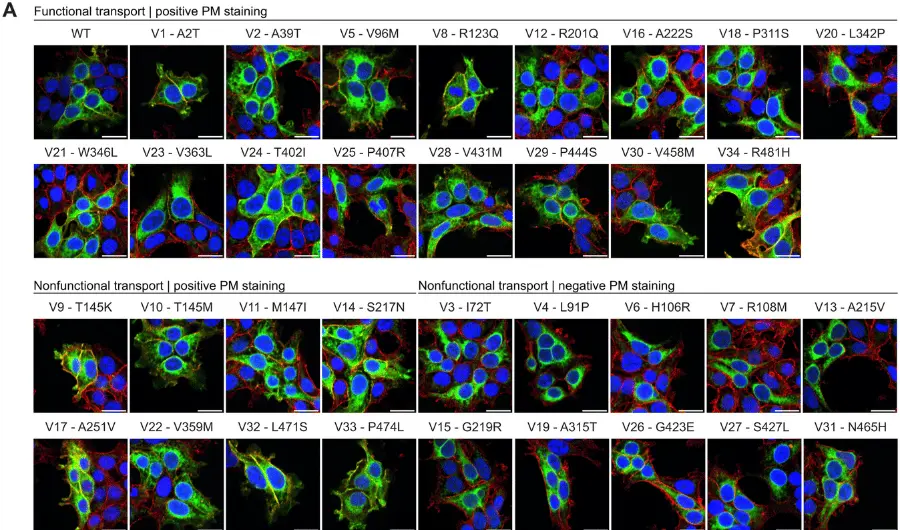In-depth Characterization of a Mouse Model of Post-traumatic Epilepsy for Biomarker and Drug Discovery
April 26, 2021
Abstract, published in Acta Neuropathologica Communications
Post-traumatic epilepsy (PTE) accounts for 5% of all epilepsies and 10–20% of the acquired forms. The latency between traumatic brain injury (TBI) and epilepsy onset in high-risk patients offers a therapeutic window for intervention to prevent or improve the disease course. However, progress towards effective treatments has been hampered by the lack of sensitive prognostic biomarkers of PTE, and of therapeutic targets. There is therefore a pressing clinical need for preclinical PTE models suitable for biomarker discovery and drug testing.
We characterized in-depth a model of severe TBI induced by controlled cortical impact evolving into PTE in CD1 adult male mice. To identify sensitive measures predictive of PTE development and severity, TBI mice were longitudinally monitored by video-electrocorticography (ECoG), examined by MRI, and tested for sensorimotor and cognitive deficits and locomotor activity. At the end of the video-ECoG recording mice were killed for brain histological analysis. PTE occurred in 58% of mice with frequent motor seizures (one seizure every other day), as determined up to 5 months post-TBI. The weight loss of PTE mice in 1 week after TBI correlated with the number of spontaneous seizures at 5 months. Moreover, the recovery rate of the sensorimotor deficit detected by the SNAP test before the predicted time of epilepsy onset was significantly lower in PTE mice than in those without epilepsy. Neuroscore, beam walk and cognitive deficit were similar in all TBI mice. The increase in the contusion volume, the volume of forebrain regions contralateral to the lesioned hemisphere and white matter changes over time assessed by MRI were similar in PTE and no-PTE mice. However, brain histology showed a more pronounced neuronal cell loss in the cortex and hippocampus contralateral to the injured hemisphere in PTE than in no-PTE mice.
The extensive functional and neuropathological characterization of this TBI model, provides a tool to identify sensitive measures of epilepsy development and severity clinically useful for increasing PTE prediction in high-risk TBI patients. The high PTE incidence and spontaneous seizures frequency in mice provide an ideal model for biomarker discovery and for testing new drugs.







